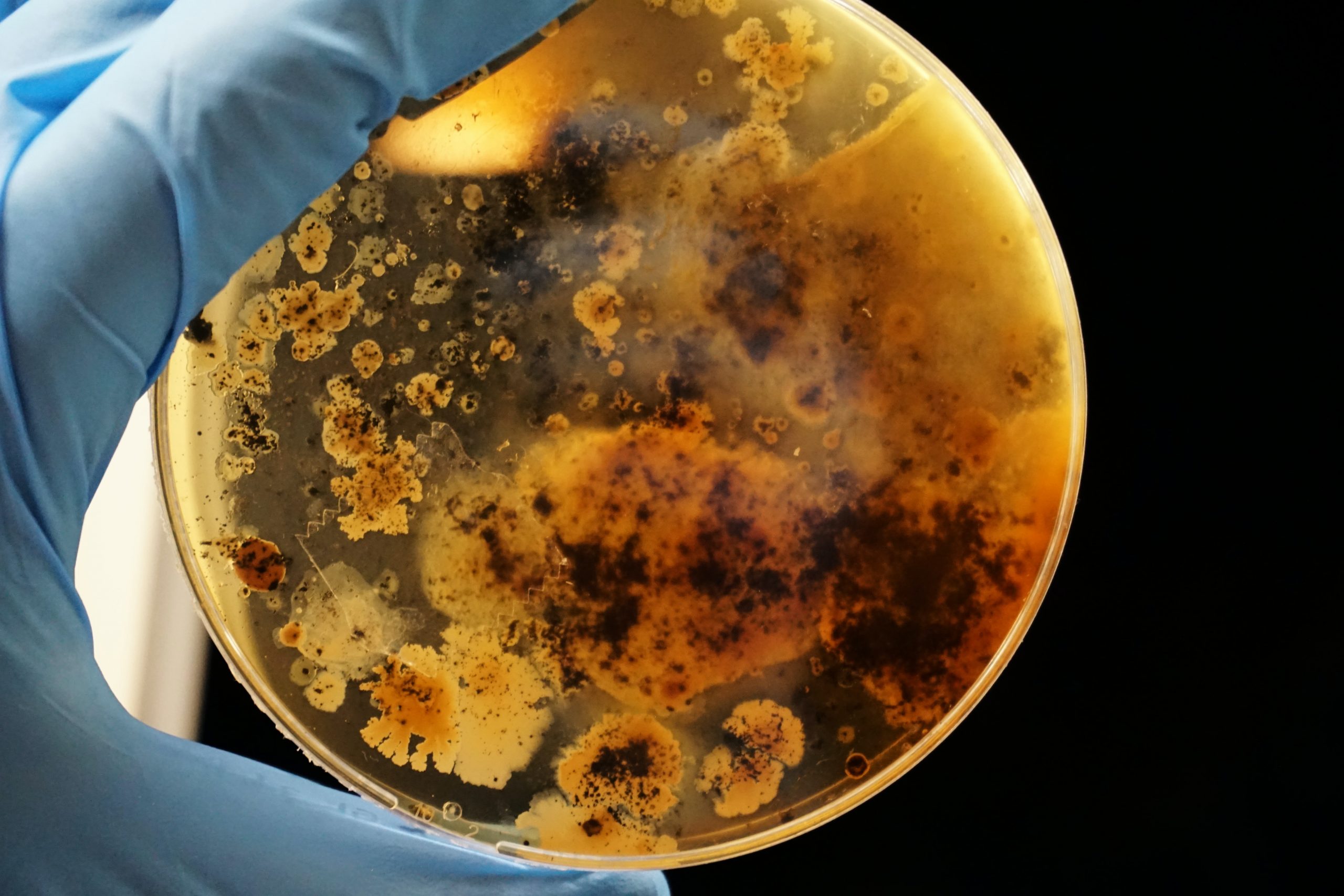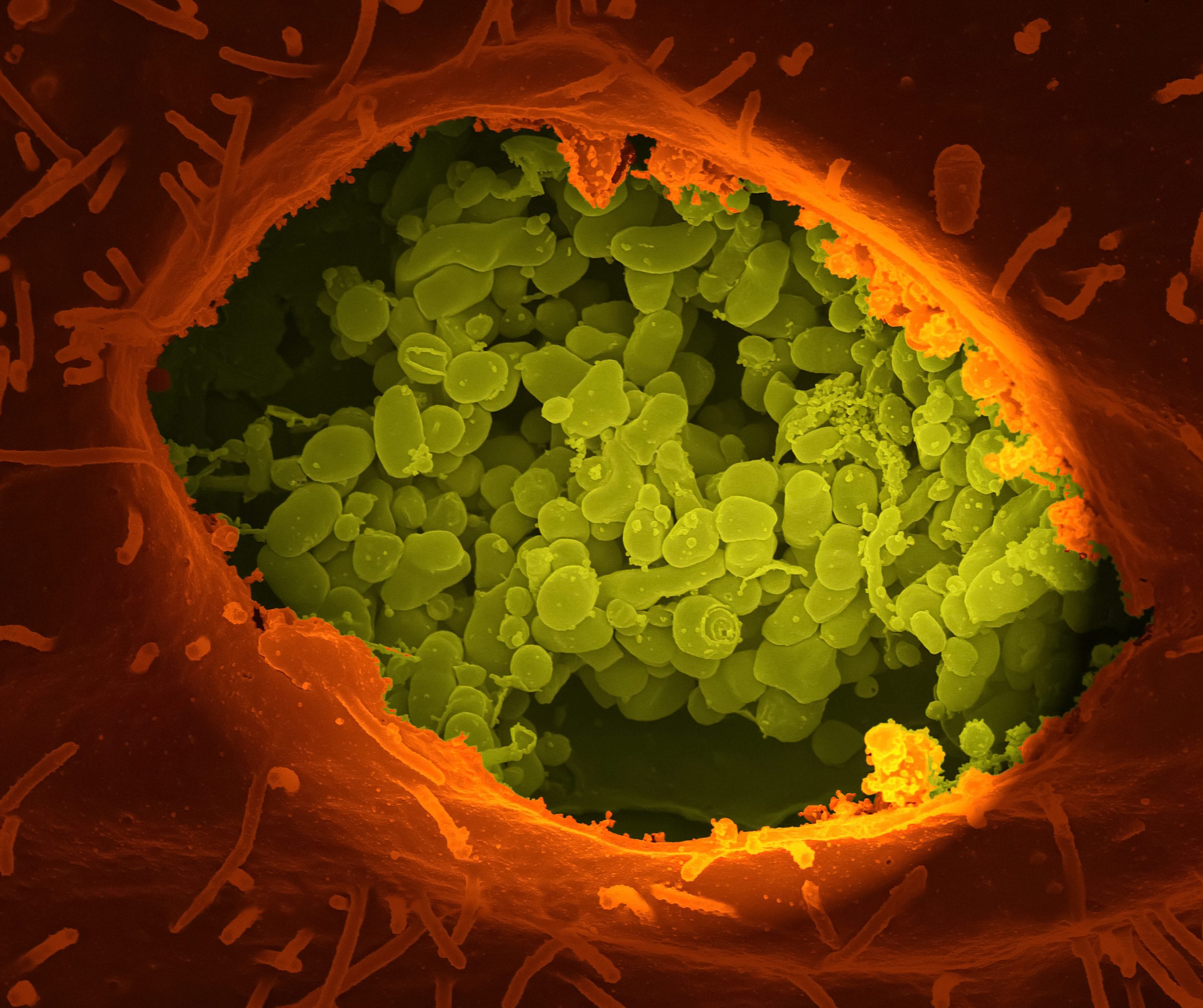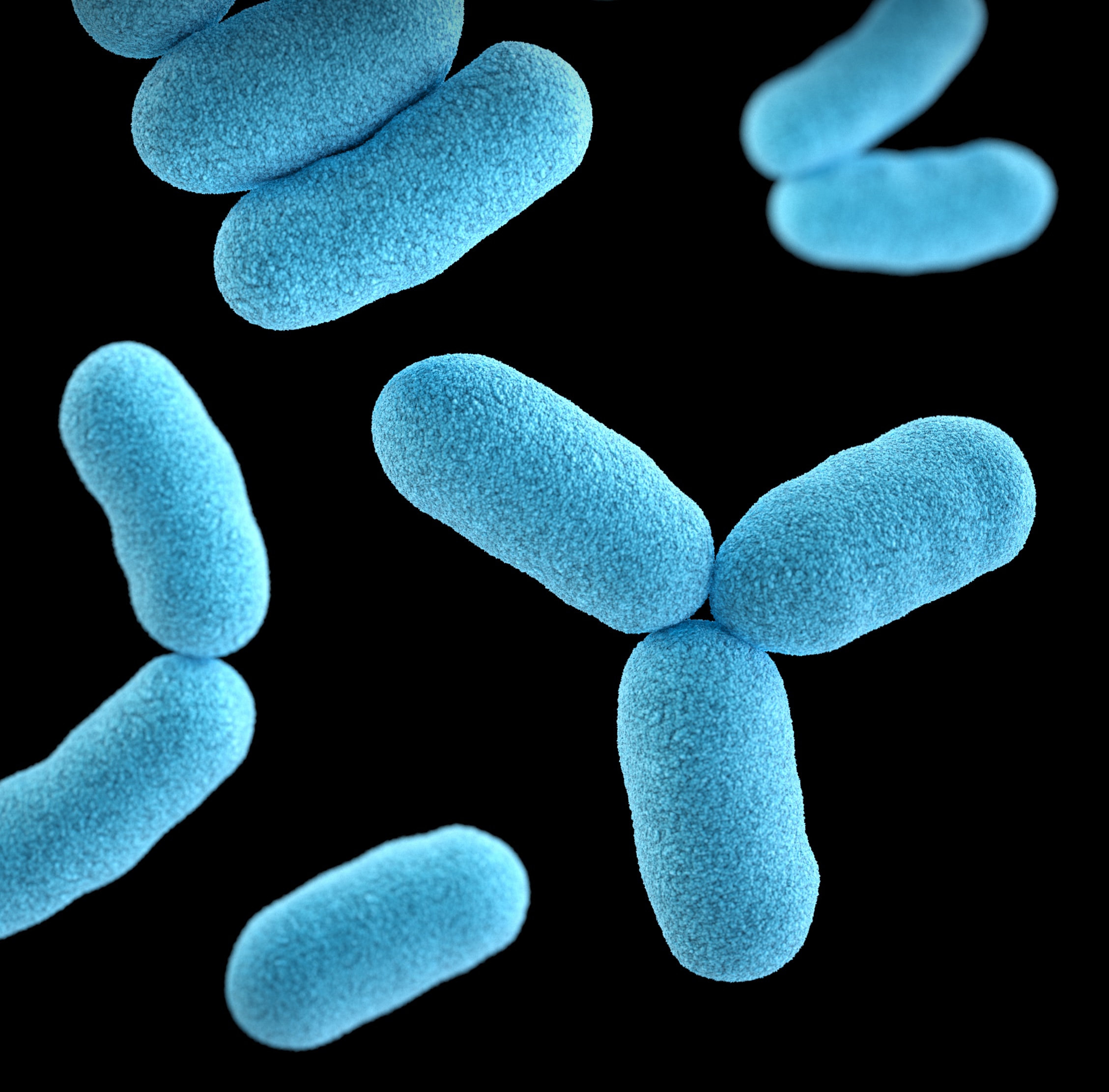

A lot offers gut microbiome profiling services
Various companies offer gut microbiome profiling services. Some companies offer two sophisticated tests that can tell you how many different types of bacteria and fungi you have in your digestive tract. While other companies offer valuable insights into bacteria and fungi. Some testing services testing is the gold standard for comprehensive whole-body analysis. While other testing services use DNA to assess total bacteria, it’s not as accurate and can lead to false positives.
Taking this test is a way to monitor the health of your digestive tract. It’s not invasive and will reveal what’s going on inside your body. The results from this test will be available to you within a few days.
Helping by supporting
Using cutting-edge genomics and informatics, some companies offer microbiome profiling of all sample types and accept samples shipped internationally. The consultative approach helps support medical research, the pharmaceutical industry, and agricultural and academic research. In addition, the services are supported by a broad range of institutions and researchers.

Microbiome analysis and profiling services
Microbiome analysis and profiling services include extensive bioinformatics, statistical analyses, and group comparisons. They also include peer-reviewed citations and can provide a variety of custom-designed reports. They also work with challenging samples, which makes them a difficult case for traditional approaches. A wide range of analytical methods is available.
Microbiome analysis and sequencing
Microbiome analysis and sequencing are an important part of the discovery of the human microbiome. Sequencing data generated from this method can comprise thousands of microbial species and strains. These data may be derived from a range of samples derived from different geographic locations, populations, and periods. The design of a study must consider the bioinformatics requirements of the study.
The human body is home to about 30 trillion microbes. These microbes are essential for human health and can play a major role in disease. Dr. Ami Bhatt, a Stanford University researcher, is currently investigating changes in the human gut microbiome after infection or immunocompromised individuals. Using whole-genome sequencing and gene expression analysis, she can detect changes in the microbiome.

Identifying bacterias
Microbiome sequencing identifies bacterial taxa by detecting variable regions in 16S ribosomal RNA genes. These RNA genes are present in all prokaryotic organisms. Several software packages have been developed to analyze microbiome data, including QIIME, MOTHUR, and RDP Tools. These programs can also help you to generate paired-end reads.
Microbiome methods
Accreditation of microbiome methods is crucial to the entire microbiome community. Even though the field has been around for more than a decade, there are still no globally accepted reference materials. In 2015, the National Institute for Biological Standards and Control (NIBSC) published the first reference reagents for microbiome analysis using next-generation sequencing. The NIBSC will evaluate these reagents as World Health Organization International Reference Reagents in the future.
Subscribe to our Awesome Newsletter.
